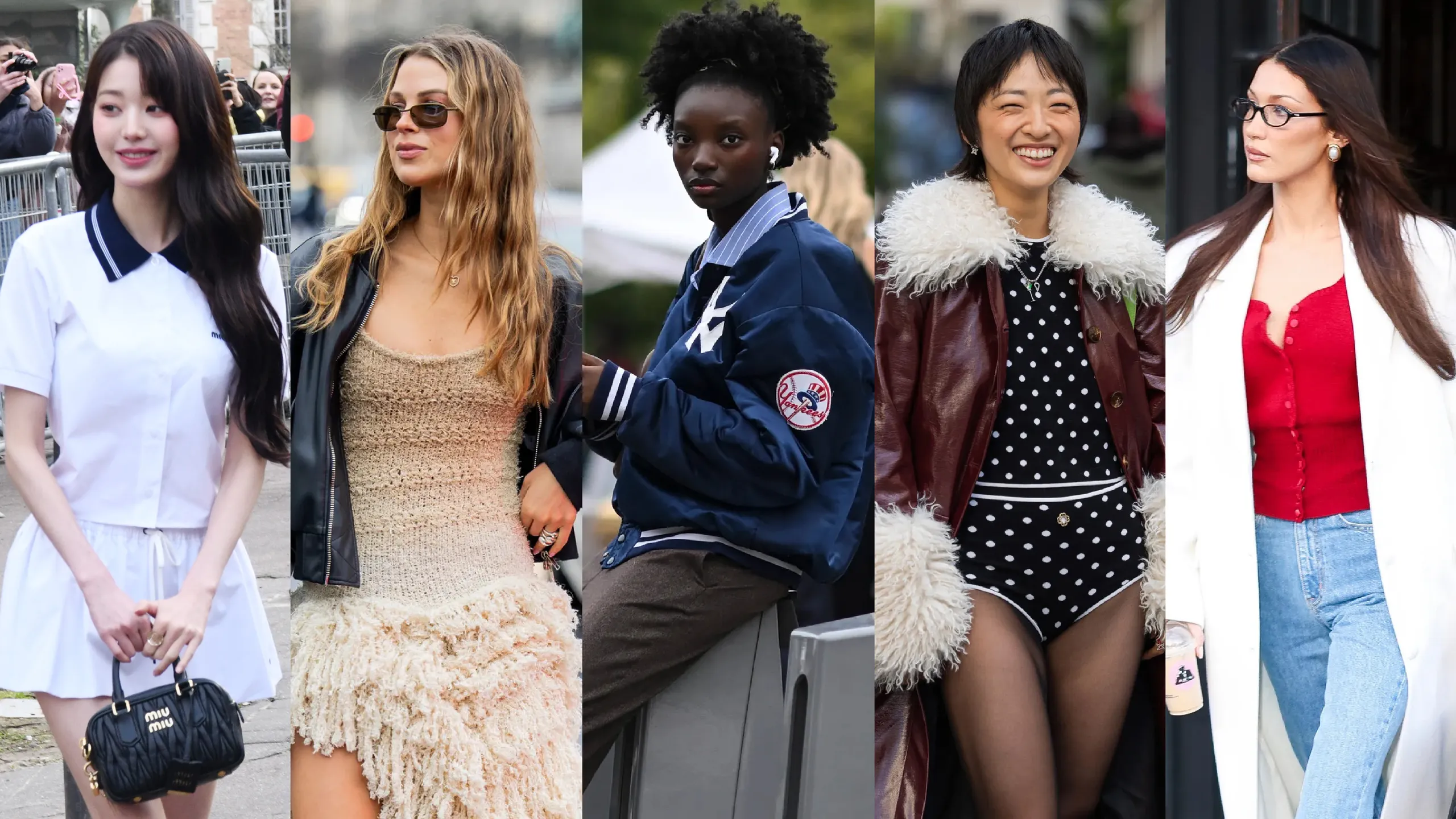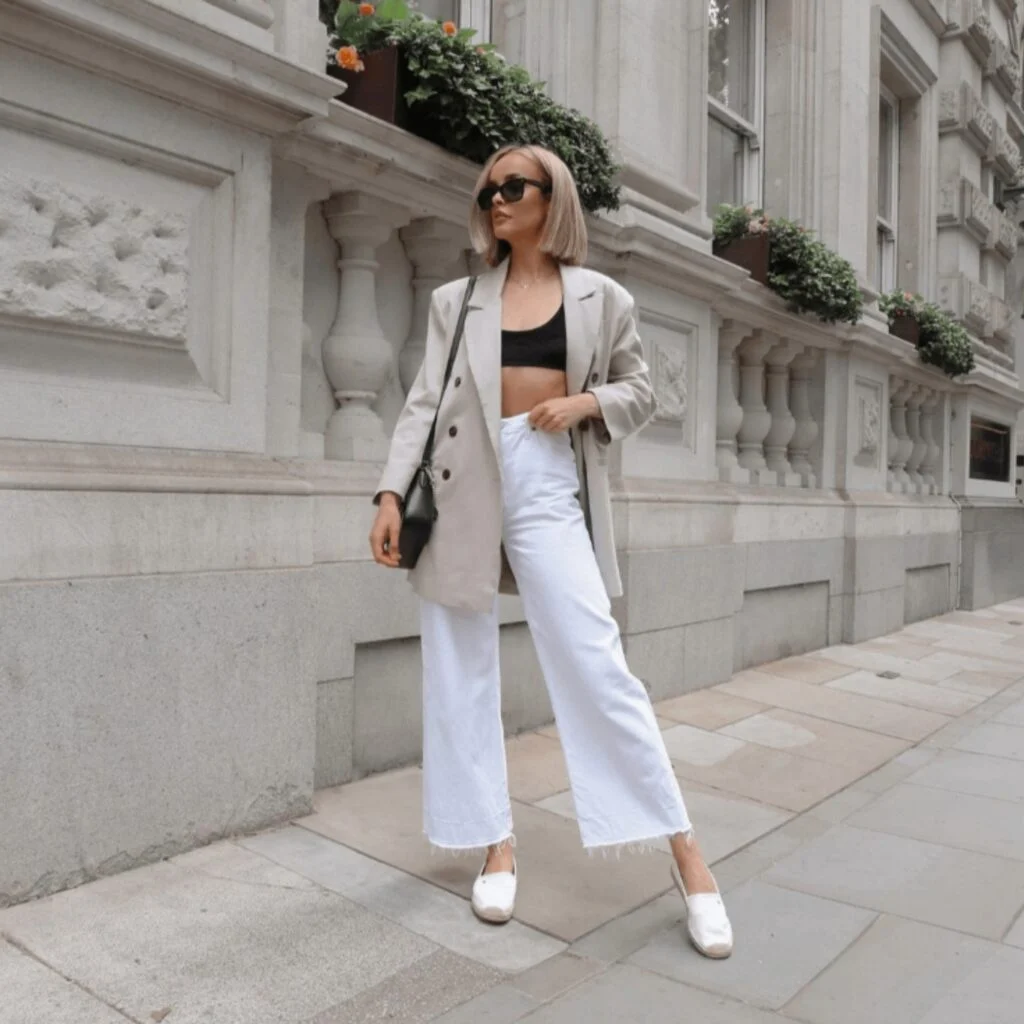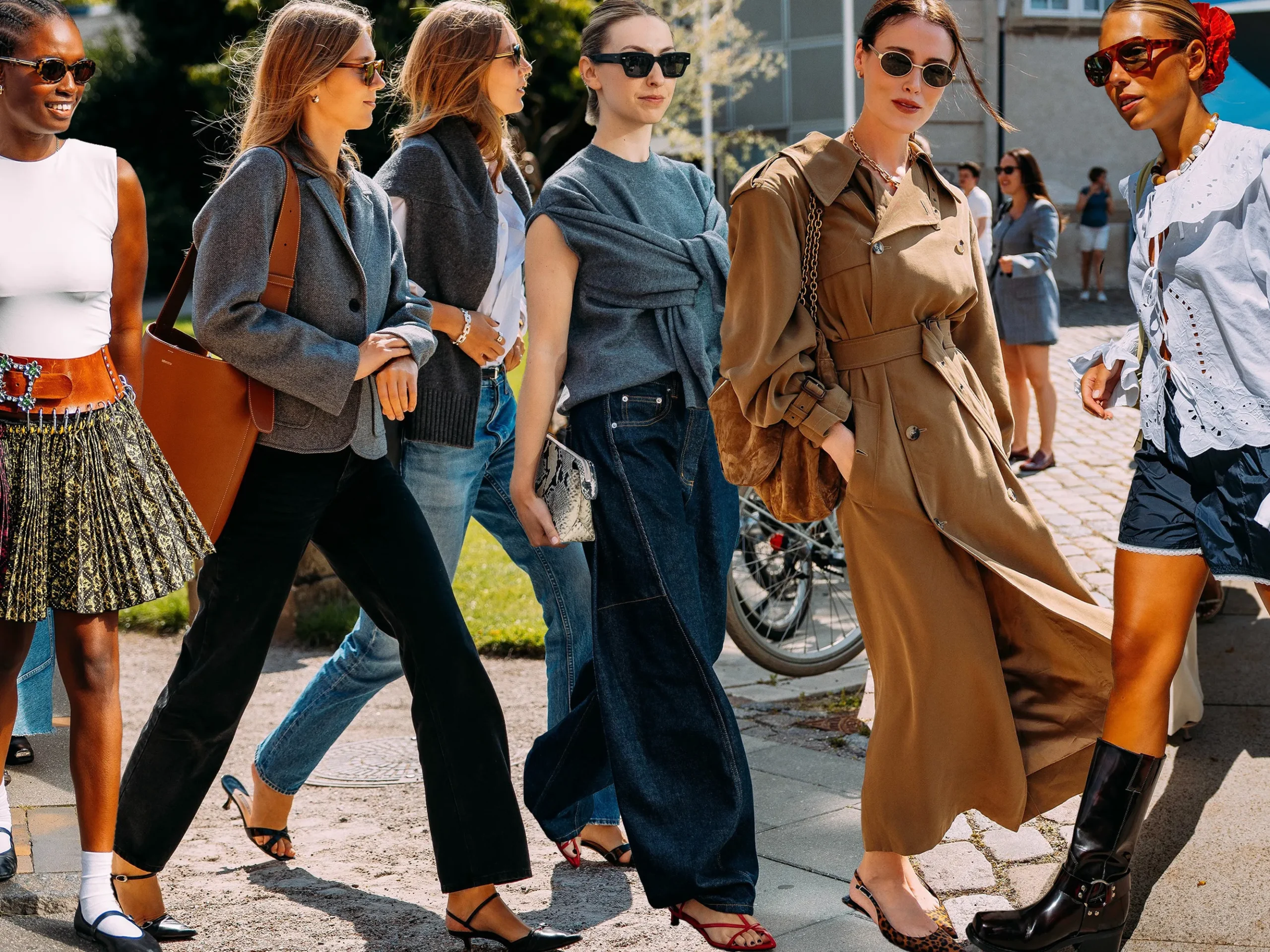Fashion is more than just clothing—it reflects culture, personality, and lifestyle. Ontime fashion is about wearing the right style at the right time, blending comfort, confidence, and trends to create a look that truly fits the moment. Whether you’re dressing for work, casual outings, or special events, understanding ontime fashion can help you always feel prepared and stylish.
In this article, we’ll explore what ontime fashion means, how it connects with today’s lifestyle, and why it plays an important role in how we present ourselves. We’ll also look at modern trends, comparisons of styles, and even discuss how remote work is changing home design and influencing fashion choices.
What Does Ontime Fashion Really Mean?
Ontime fashion means choosing clothing and accessories that are suitable for the current occasion, season, or trend. It’s about dressing in a way that feels both timely and stylish. For example:
-
Wearing light cottons in summer instead of heavy wool.
-
Choosing office-appropriate outfits for professional meetings.
-
Updating your wardrobe with seasonal colors.
By practicing ontime fashion, you make sure your style is never outdated or mismatched. It’s not about following every trend blindly—it’s about adapting fashion so that it works for you at the right moment.
The Importance of Ontime Fashion in Everyday Life
Fashion affects how others see us, but more importantly, how we feel about ourselves. Ontime fashion plays a role in:
-
Confidence: When you’re dressed right for the moment, you naturally feel more self-assured.
-
Comfort: Being weather-appropriate and situation-appropriate keeps you at ease.
-
Expression: Your style choices speak about your mood, personality, and lifestyle.
In the United States, where lifestyles vary greatly, from busy cities to laid-back suburbs, ontime fashion helps people adapt their style for work, leisure, and special events without feeling out of place.
The Evolution of Ontime Fashion in the United States
Fashion in the U.S. has always been dynamic, influenced by culture, history, and global trends. Ontime fashion has evolved to include a balance of classic staples and modern updates.
-
1950s–1970s: Structured suits and dresses ruled the workplace.
-
1980s–1990s: Casual fashion gained popularity with jeans, sneakers, and sporty styles.
-
2000s–Today: A mix of high fashion, streetwear, and sustainable clothing defines the modern era.
This evolution shows that ontime fashion is not static—it changes with each decade but always reflects the cultural mood of the time.
Ontime Fashion vs. Outdated Fashion: A Quick Comparison
Here’s a simple comparison table to help understand the difference:
| Aspect | Ontime Fashion | Outdated Fashion |
|---|---|---|
| Trend Relevance | Matches current style and season | No longer popular or in season |
| Practicality | Comfortable and event-appropriate | May feel awkward or mismatched |
| Impact on Confidence | Boosts self-esteem and presence | Can make one feel underdressed |
| Flexibility | Easy to mix with different outfits | Limited use, often sits in closet |
How Remote Work Is Changing Home Design and Fashion
One surprising trend is how remote work has influenced both home design and ontime fashion. With more people working from home, there’s a need for:
-
Hybrid Wardrobes: Outfits that look professional on video calls but feel comfortable at home.
-
Work-from-Home Corners: Homes are being redesigned to include small office spaces.
-
Casual-Professional Balance: Athleisure and smart casual styles are now key parts of ontime fashion.
This shows that ontime fashion is not just about public appearances—it now plays a role in private workspaces too.
Seasonal Ontime Fashion: Dressing Right All Year Round
Fashion changes with the seasons, and ontime fashion helps you adapt smoothly.
-
Spring: Pastels, light jackets, and floral prints.
-
Summer: Breezy cottons, shorts, and sunglasses.
-
Fall: Warm tones, boots, and layered outfits.
-
Winter: Wool coats, scarves, and cozy sweaters.
By updating your wardrobe each season, you ensure that your fashion choices remain timely and practical.
Ontime Fashion for Men
For men, ontime fashion often blends function and style. Popular pieces include:
-
Tailored blazers for work.
-
Polo shirts and chinos for casual outings.
-
Sneakers for everyday wear.
-
Formal suits for special occasions.
Accessories like watches, belts, and sunglasses also help men complete a timely and polished look.
Ontime Fashion for Women
Women’s fashion offers more variety but also requires balance. Key staples for ontime fashion include:
-
Comfortable yet stylish dresses.
-
Versatile blouses and trousers.
-
Casual wear like jeans and t-shirts.
-
Seasonal handbags and jewelry.
The ability to mix and match makes women’s fashion flexible and adaptable to different occasions.
Sustainable Ontime Fashion: A Growing Movement
Sustainability is becoming a major part of fashion choices. Ontime fashion today includes:
-
Eco-friendly fabrics like organic cotton and bamboo.
-
Thrift shopping for affordable and sustainable outfits.
-
Minimalist wardrobes focusing on timeless staples.
Consumers are becoming more conscious, and choosing sustainable ontime fashion supports both style and the environment.
Key Elements That Define Ontime Fashion
When identifying or creating ontime fashion looks, consider these elements:
-
Fit: Clothes that suit your body type.
-
Color: Seasonal and occasion-appropriate shades.
-
Fabric: Light for summer, heavy for winter.
-
Accessories: Small details that elevate a look.
By focusing on these, you can always achieve timely and stylish fashion choices.
Common Mistakes People Make with Ontime Fashion
Even with good intentions, some style mistakes happen:
-
Wearing summer clothes in winter.
-
Ignoring the dress code of an event.
-
Following trends without considering body type.
-
Over-accessorizing or underdressing.
Avoiding these ensures that your look always feels natural and polished.
Ontime Fashion Tips for Busy Professionals
For professionals in the U.S., time is limited, and fashion needs to be simple yet effective. Some quick tips:
-
Invest in versatile staples like blazers, neutral pants, and loafers.
-
Keep a “go-to” outfit ready for sudden meetings.
-
Choose wrinkle-free fabrics for easy upkeep.
-
Keep accessories minimal but stylish.
This ensures you’re never caught unprepared, no matter the occasion.
Key Takeaways
-
Ontime fashion means dressing appropriately for the occasion, season, and trend.
-
It builds confidence, comfort, and expression.
-
Seasonal updates, sustainable choices, and professional staples help keep fashion relevant.
-
Remote work is changing both home design and fashion wardrobes.
-
Avoiding common mistakes keeps your look polished and timely.
FAQs About Ontime Fashion
Q1: Is ontime fashion about following trends?
Not necessarily. It’s more about being appropriate and stylish for the moment, not just copying every new trend.
Q2: How can I start practicing ontime fashion?
Begin by updating your wardrobe seasonally and keeping versatile clothing staples for different occasions.
Q3: Is ontime fashion expensive?
Not at all. You can build ontime fashion choices from affordable brands, thrift stores, or sustainable options.
Q4: Does remote work affect ontime fashion?
Yes. With more people working from home, fashion has shifted toward comfort mixed with professionalism.
Q5: Where can I learn more about fashion trends?
You can explore guides and insights on trusted sources like truefashionstory.com Blog for practical fashion inspiration.
Conclusion
Ontime fashion is about balance—staying stylish, comfortable, and relevant to the occasion. It evolves with trends, seasons, and lifestyle changes, including the way remote work is changing home design and everyday clothing needs. By practicing ontime fashion, you not only look good but also feel confident, no matter where you are or what you’re doing.
Fashion is personal, but being timely ensures that your choices are always appropriate, polished, and a true reflection of who you are.




